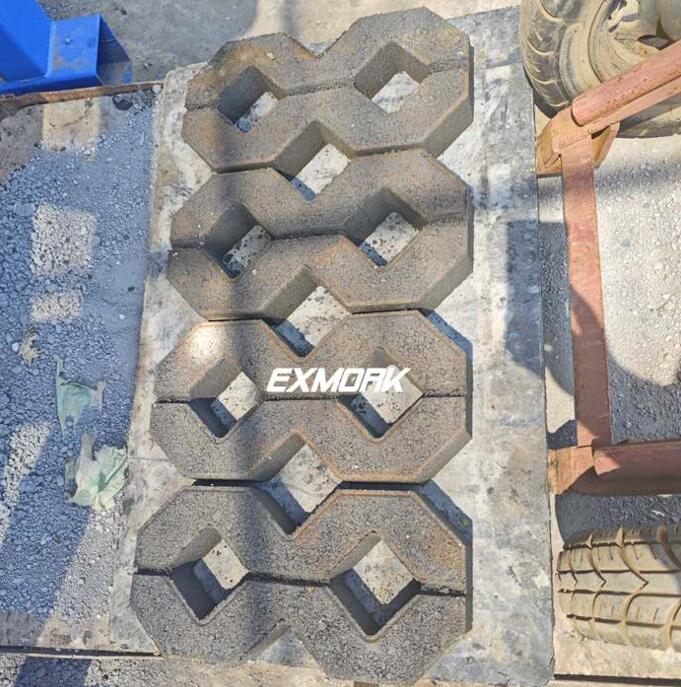
Pavement bricks are a material widely used in urban construction and road construction. They are wear-resistant, pressure-resistant, weather-resistant, and anti-slip, so they are widely used in the paving of sidewalks, squares, parking lots, and other places. The following is a common process flow for the production of pavement bricks.
First, prepare the raw materials. Pavement bricks are usually made of raw materials such as cement, sand, and gravel. These raw materials must be strictly screened and blended to ensure the quality and performance of the final product.
Next, mix the raw materials evenly. Cement, sand, and gravel are put into a mixer in a certain proportion, and then an appropriate amount of water is added for mixing. The mixing time and mixing speed need to be adjusted according to the characteristics and formula of the raw materials to ensure that the mixed concrete is uniform and plastic.
Then, pour the concrete into the mold. The mold is manufactured according to the design requirements and is usually made of wear-resistant and corrosion-resistant materials. Before pouring the concrete, a layer of release agent needs to be applied to prevent the concrete from sticking to the mold.
Next, use a vibrating table to vibrate the concrete. The function of the vibrating table is to expel the air in the concrete to make it more compact and firm. The vibration time and vibration intensity need to be adjusted according to the nature of the concrete and the size of the mold.
Then, pressure curing is carried out. The poured concrete needs to be cured for a certain period of time to ensure that it will not be deformed or damaged during demolding and handling. The concrete placed in the mold usually needs to be cured for 2-3 days, and the specific time depends on factors such as season, climate and concrete strength.
Finally, the mold is removed and subsequent processing is carried out. After the mold curing time is reached, the mold can be removed. The pavement bricks after demolding need to go through processes such as trimming and repair to meet the requirements of the appearance. Then, the brick surface can be polished, glazed, etc. to enhance the smoothness and beauty of the brick surface. Finally, the bricks are packaged and stored for transportation and sales.
The above is a common process flow for pavement brick production. Through strict raw material screening and blending, concrete mixing, mold pouring, vibration and curing, etc., high-quality pavement bricks can be produced to contribute to urban construction and convenient transportation.
Contact: Exmork
Tel: 86-15757781695
Whatsapp: 86-15757781695
Email: exmork@exmork.com
Add: Headquarters Economic Park,Yueqing,Zhejiang,China